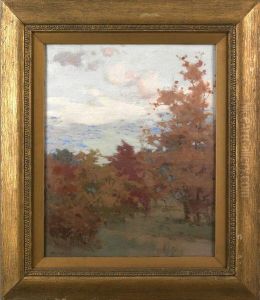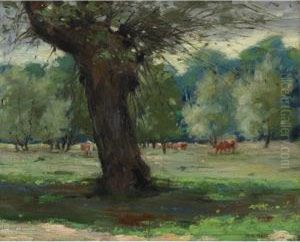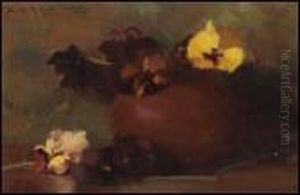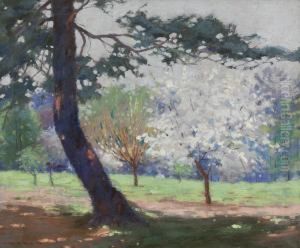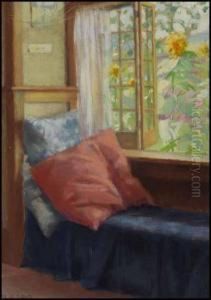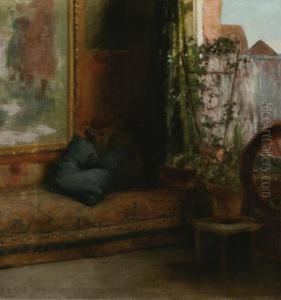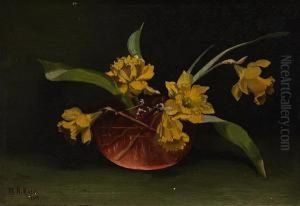Mary Augusta Heister Reid Paintings
Mary Augusta Hiester Reid, born on April 10, 1854, in Reading, Pennsylvania, was an American-Canadian artist who gained recognition for her paintings, particularly her floral still lifes and landscapes. She was also known for her influence in the Canadian art scene and her advocacy for female artists during a time when the field was predominantly male-dominated.
Mary Augusta Hiester initially studied art at the Pennsylvania Academy of the Fine Arts in Philadelphia. In 1885, she married fellow artist George Agnew Reid, and the couple moved to Toronto, Canada. There, she became an active member of the Canadian art community and continued to develop her artistic skills. The Reids traveled to Europe for further study, where Mary was particularly influenced by the work of the old masters, as well as by contemporary impressionist techniques.
Upon returning to Canada, Mary Reid became involved with the Art Students' League of Toronto, which had been established by her husband. She taught there and emphasized the importance of professional training for women in the arts. Her teaching and mentoring helped to shape a generation of Canadian female artists. Mary's own work often featured lush and vibrant floral arrangements, showcasing her meticulous attention to color and light. She exhibited her work widely, including at the Royal Academy in London and the Paris Salon, as well as at various North American venues such as the Art Association of Montreal, the Ontario Society of Artists, and the National Gallery of Canada.
Her artistic legacy is marked by her ability to merge traditional techniques with a modern sensibility, as well as her steadfast commitment to fostering the arts in Canada. Mary Augusta Hiester Reid continued to paint until her health declined, and she eventually passed away on October 4, 1921, in Toronto. Her work remains celebrated and is held in numerous public collections, reflecting her important contribution to the arts.
